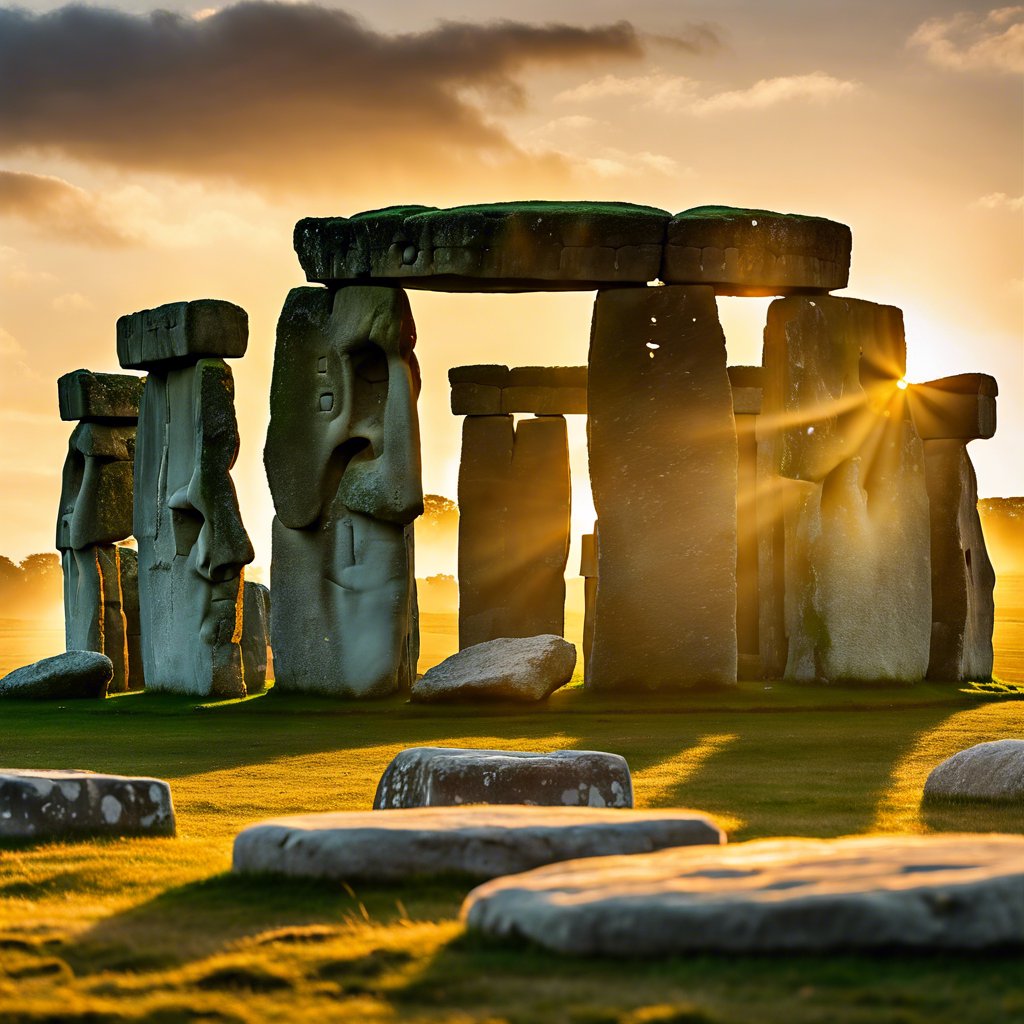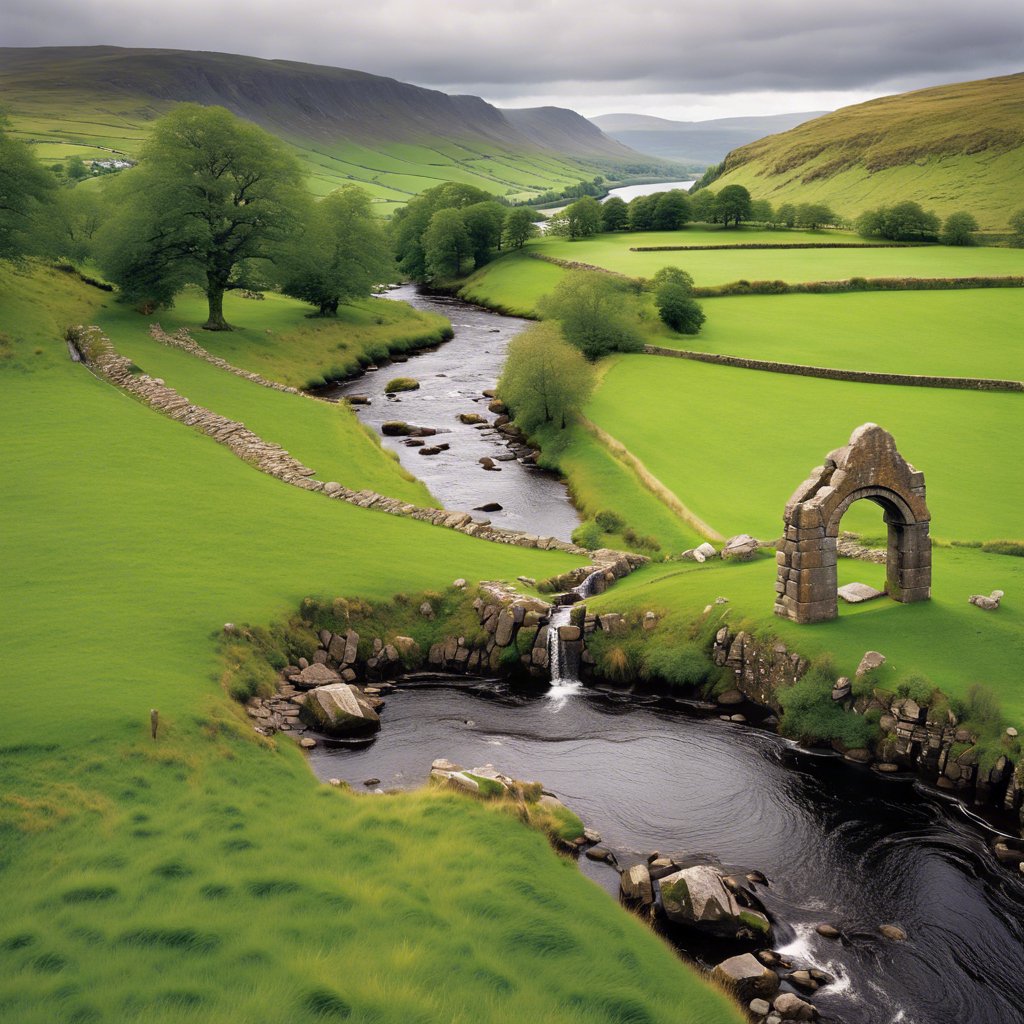The Journey of the Altar Stone: A New Perspective
At the heart of the ancient circular monument known as Stonehenge lies a remarkable six-ton rectangular block of red sandstone, referred to as the Altar Stone. This stone has long been entwined with Arthurian legend, where it is said to have been part of the majestic ring of colossal rocks that the wizard Merlin magically transported from Mount Killaurus in Ireland to the iconic Salisbury Plain in southern England. This legendary journey was chronicled around the year 1136 by the Welsh cleric Geoffrey of Monmouth in his seminal work, Historia Regum Britanniae.
Over the centuries, the accepted origin of the Altar Stone has evolved, with theories suggesting a range of potential locations from eastern Wales and the Marches to various sites in northern England. However, a recent study published in the journal Nature has provided a more definitive insight into the stone’s extensive journey, revealing a path that far exceeds previous estimates.
The research team undertook a detailed analysis of the chemical composition and the ages of mineral grains present in two microscopic fragments of the Altar Stone. This meticulous examination identified its source as the Orcadian Basin, located in northeast Scotland, an area encompassing Inverness, the Orkney Islands, and Shetland. The findings indicate that the megalith likely traveled a staggering distance of at least 465 miles overland or more than 620 miles along the coastline of present-day Britain to arrive at the archaeological site in Wiltshire.
Rob Ixer, a retired mineralogist and research fellow at University College London who contributed to the study, expressed his astonishment at the results, stating, “This is a genuinely shocking result. The work prompts two important questions: How and why did the stone travel the length of Britain?”
Stonehenge itself is composed of two primary types of rock: the larger sarsens and the smaller bluestones. The sarsens are substantial sandstone slabs that can be found naturally in southern England, averaging around 20 tons each. These stones are arranged in two concentric circles, with the inner ring featuring a horseshoe of five trilithons (structures formed by two vertical stones supporting a horizontal lintel), three of which remain intact to this day.
Additionally, Richard Bevins has been studying Bluestone Stone 46, which is a rhyolite most likely originating from north Pembrokeshire on Wales’s southwest coast. His research continues to shed light on the complex history and composition of the stones at Stonehenge.
















